Uncovering Europe’s Deepest Secrets: Slovenia’s Astonishing Discovery of Prehistoric Giant Hunting Traps
Ever wonder how prehistoric folks threw the ultimate hunting party? Spoiler alert: it involved some seriously impressive stonework and what might be the ancient world’s OG version of a tactical game plan. Nestled on Slovenia’s Karst Plateau, these gargantuan traps – dating back at least to the Bronze Age – are not your average rock piles. Imagine stone walls stretching over a mile, funneling entire herds of unsuspecting wild beasts into cleverly concealed pits where, well… let’s just say dinner was served en masse. Talk about teamwork from thousands of years ago; these massive traps hint at community spirit, organization levels, and hunting strategies way beyond what you’d expect from a bunch of folks without smartphones or pickup trucks. So, who knew Bronze Age hunters were this coordinated? Let’s dig into how these ancient megastructures rewrite prehistoric European life and maybe make you rethink what “community effort” really means.
Dating back to at least the Bronze Age, these enormous traps found on Slovenia’s Karst Plateau featured stone walls that funneled prey toward pits where they would then be slaughtered.
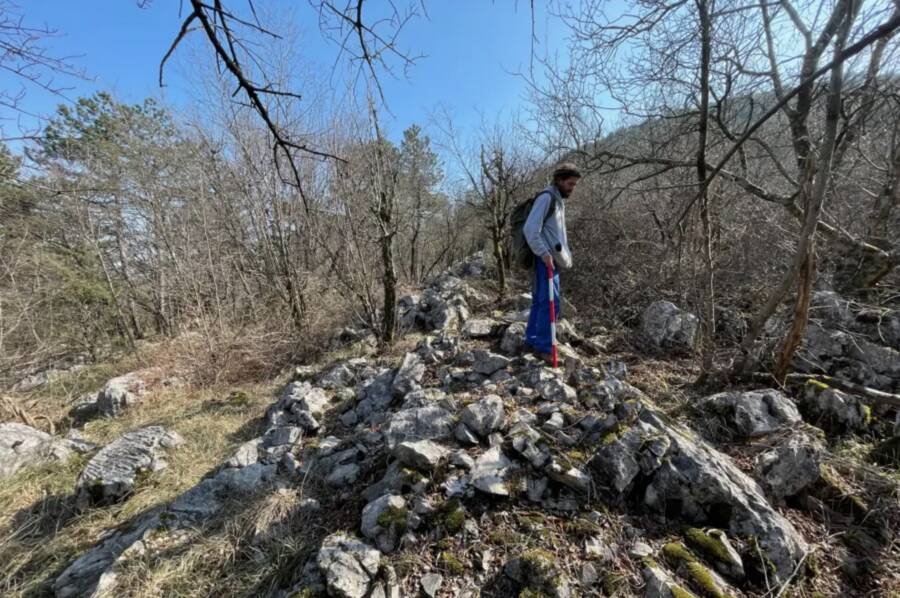
Ljubljana Faculty of ArtsThese enormous prehistoric hunting traps found in Slovenia consisted of stone walls and pits.
Researchers have discovered enormous prehistoric hunting traps near the border of Slovenia and Italy.
These stone megastructures were likely built at least as far back as the Late Bronze Age, and were used to catch entire herds of wild animals at once. Researchers uncovered the structures after conducting an airborne laser scan of the area.
These stone structures are well preserved and are similar to other large prehistoric hunting traps found in northern Africa and southwestern Asia. While researchers have yet to determine when exactly the traps were constructed, they are likely both the oldest and biggest large-scale hunting traps on the European continent.
The Discovery Of Prehistoric Hunting Traps On Slovenia’s Karst Plateau
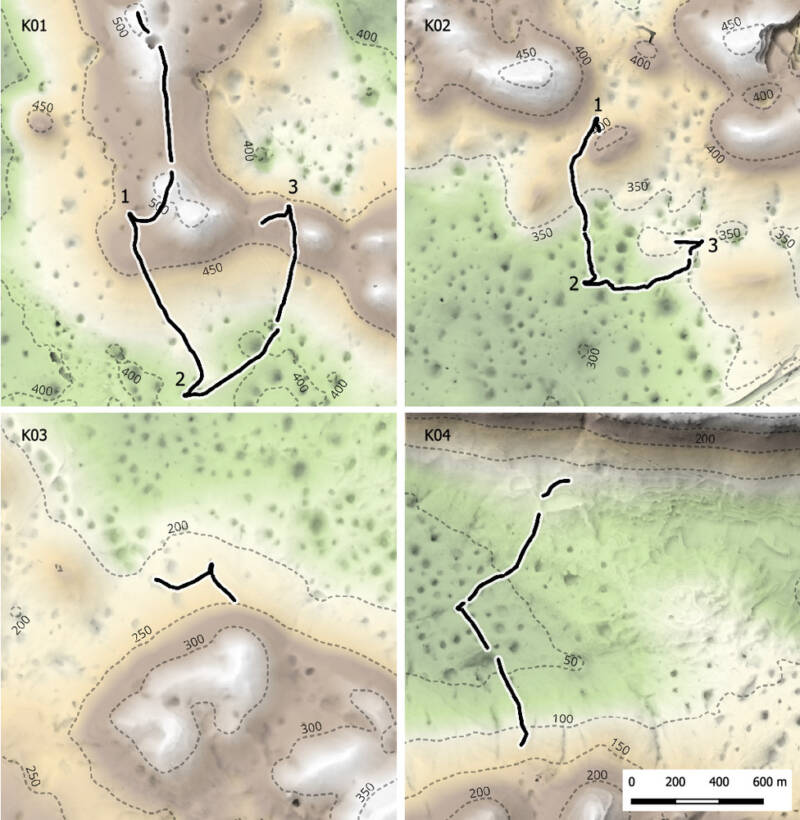
Vrhovnik and Fabec/Proceedings of the National Academy of SciencesResearchers surveyed these prehistoric hunting traps using airborne laser scanning.
Researchers with the University of Ljubljana and the Institute for the Protection of Cultural Heritage of Slovenia used airborne laser scanning to survey about 350 square miles along the Slovenian and Italian border. They soon found four previously-unknown stone megastructures.
The structures, which are described in a new study published in the Proceedings of the National Academy of Sciences, feature stone walls that range from 1,738 feet to more than two miles in length. These stone walls eventually lead to a pit.
Researchers believe these megastructures were used as large-scale hunting traps to capture wild animals, such as herds of red deer. While the remaining walls today are about one and a half feet high, researchers believe they were originally closer to three feet tall.
Otherwise, the layouts of the four megastructures are well preserved. The walls are about three feet to five feet wide, and were constructed using loosely packed limestone.
The structures had an enclosed pit at the end, from which animals would have been unable to escape. The megastructures, fittingly, look like giant funnels when viewed from above.
Researchers have yet to determine when exactly the pits were constructed. However, based on radiocarbon dating conducted on some of the material found inside the structures, it’s clear that they fell into disuse sometime during the Late Bronze Age. After that point, forest growth covered them up and hid them from view for millennia — until now.
What These Enormous Hunting Traps Might Reveal About Life In Prehistoric Europe
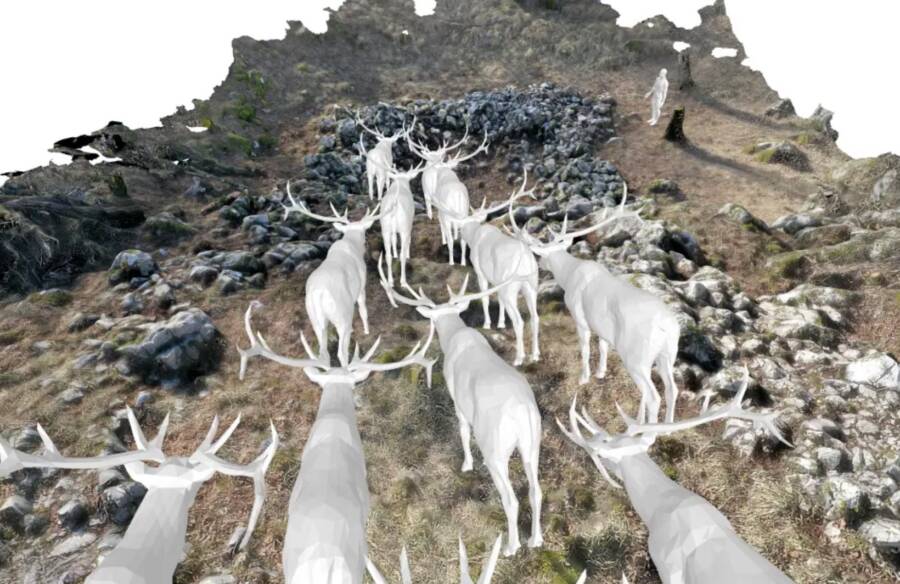
Ljubljana Faculty of ArtsA digital rendering of how the hunting traps were used.
Large-scale prehistoric hunting traps like these are scarce across Europe. The traps resemble similar prehistoric hunting traps in southwestern Asia and northern Africa known as desert kites, which were stone structures also likely used to hunt and trap animals.
In any case, these newly-found giant structures suggest a high level of cooperation and coordination in order to complete. Researchers believe that these structures would have required many workers to complete, far more than the number of people in a single extended family unit. Thus they would have required the combined efforts of a larger community.
In fact, experts estimate that the largest structure they found would’ve required 5,000 hours of labor. These revelations may challenge the way scientists think of prehistoric European societies.
These structures reveal early humans’ ability to organize communal labor forces in order to complete infrastructure projects that likely benefited the entire community. Furthermore, the accumulation of huge surpluses of meat suggests that communal feasts and rituals may have taken place. Ultimately, Bronze Age societies may have been larger, more complex, and more organized than previously believed.
Auto Amazon Links: No products found.
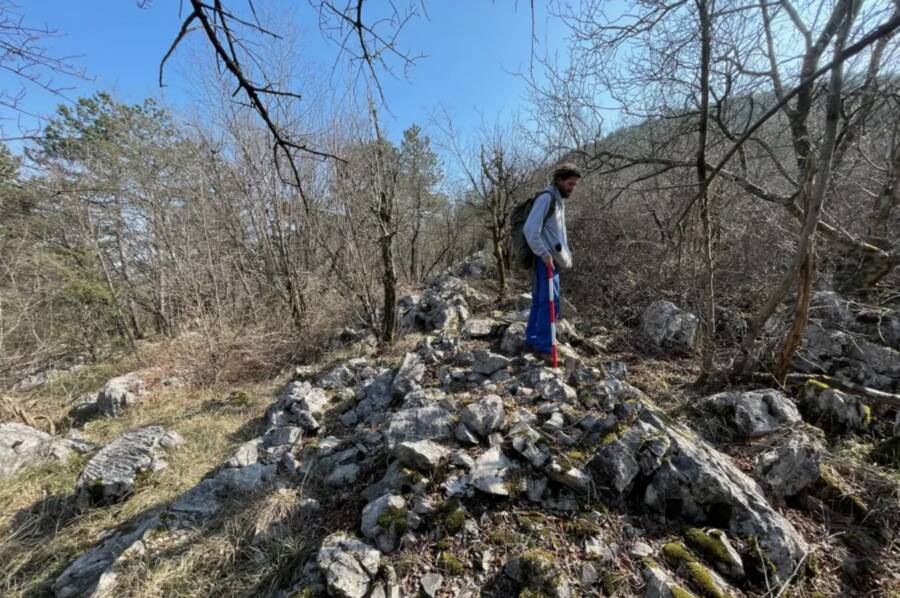
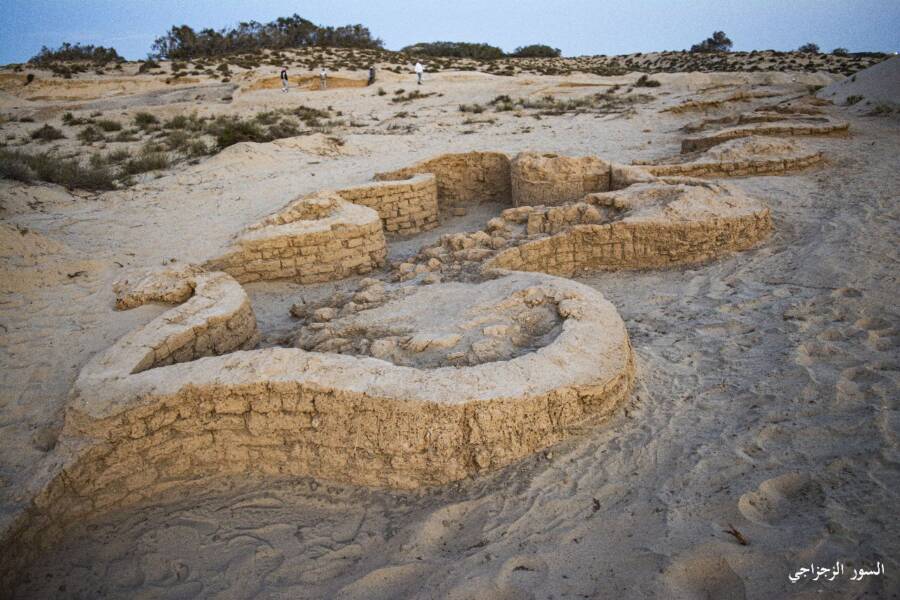







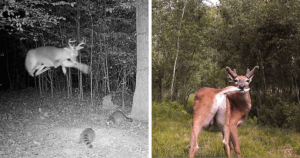

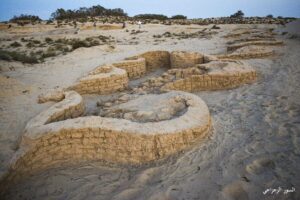



Post Comment